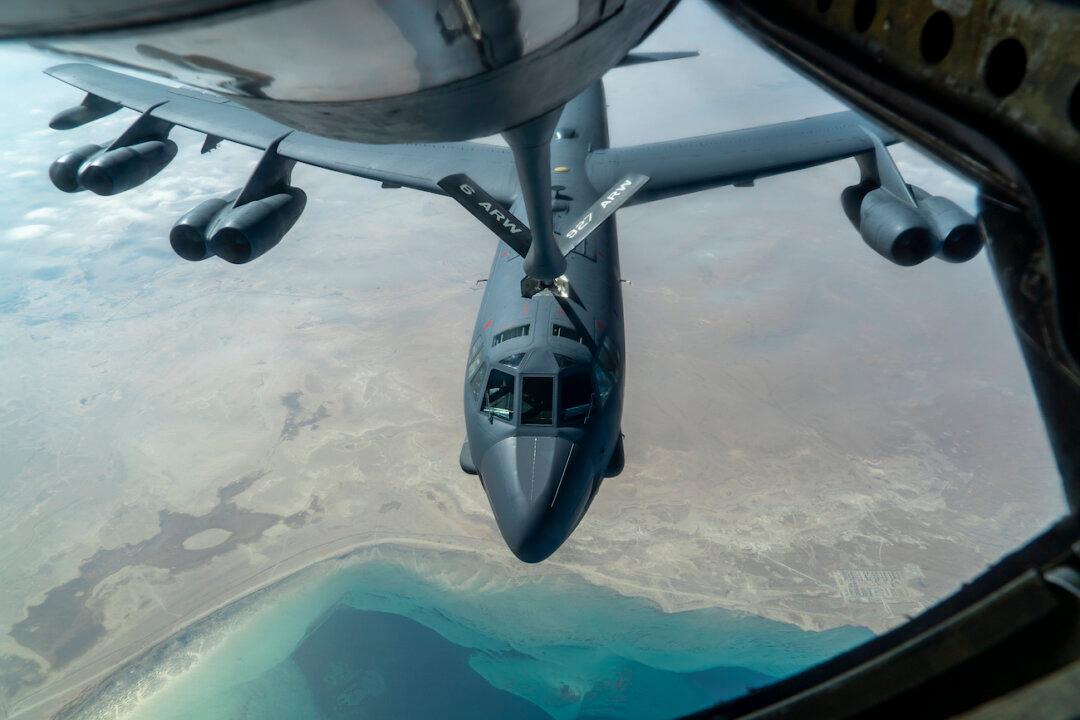Two B-52H “Stratofortress” bombers flew a 30-hour round-trip mission from the United States to the Persian Gulf on Wednesday in what appears to be a show of military readiness aimed at Iran.
The mission to the Middle East was the second of its kind this month. The long-range warplanes took off from Minot, North Dakota, on Tuesday, and were refuelled in flight.




